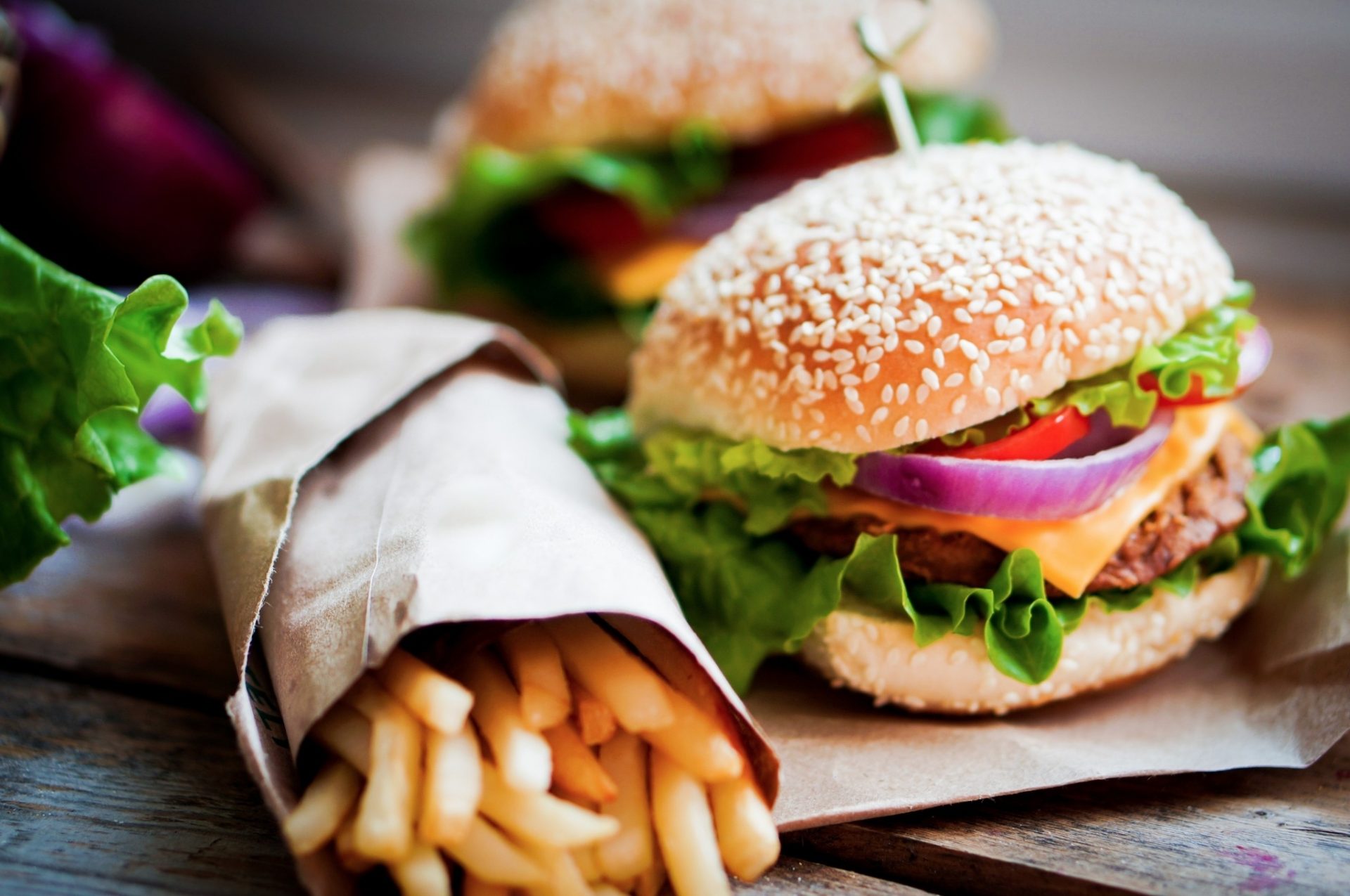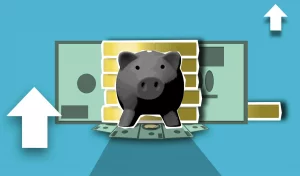Over the last few years, the food industry has gone through tumultuous changes in the way customers interact with food businesses. One of the most rapid trends attributed to COVID-19 is the sudden demand surge for online ordering channels, which further pushed your average restaurant owner to move from conventional, offline ordering channels and e-commerce platforms to a faster and more efficient Quick Commerce solution.
The notion of having a Quick Commerce stack, and the fact that the overall trend favored off-premise dining, proved that online food ordering is here to stay. This new modus operandi of the food & beverage industry has gradually become the norm, but it will be a huge factor in determining the scalability potential of your business.
Speaking of trends and facts, we’ve got a small list of food delivery statistics to help you understand the importance of the latest industry trends surrounding online food ordering..
38 Food Delivery Stats For You To Know In 2021
- Did you know that back in 1994, Pizza Hut launched its first online ordering service?
- At least once a week, one in three U.S. consumers uses a food ordering service to place online food orders.
- As of October 2020 food delivery statistics, consumers spend over $11 billion on pizza orders alone.
- Each year, the food industry and online food ordering trends grow by at least 20% in the U.S.
- Seeing the growth spikes in the food & beverage industry, it is expected that, by the end of the year 2020, the industry will be worth $26 billion in revenue.
- The number of users using online food ordering apps averages around $46 million. It is said that, by the year 2024, this number will bump up to approximately $54 million.
- China’s local industries create $51 billion in revenue against food orders and food production.
- The second-largest consumer of online food orders in the United States of America.
- Ever since COVID-19 happened, almost 60% of restaurants worldwide have reportedly witnessed increases in their revenues.
[INSERT_ELEMENTOR id=”2061″]
Consumer-Based Food Delivery Statistics That You Need To Know
- For online food order deliveries, the average wait time that people feel comfortable with is 40 minutes or less. In this context, you may need to expedite your order fulfillment time.
- Millennials make up for the majority of online food order app users these days.
- People who prefer takeaway over delivery points of sale prefer their average distance radius from the restaurant to be within a 1.5-mile limit.
- For average food delivery costs, people expect to pay around $8.50 per order. Tips are not included in this amount.
- When it comes to availing discounts and loyalty incentives, 48% of your average food consumers feel comfortable with sharing their data with the restaurants.
Food Delivery Statistics Regarding 3rd Party vs Direct Food Ordering Platforms
- At the end of the year 2020, direct ordering platforms reported revenue of approximately $16 billion. Meanwhile, direct food ordering platforms make up for the largest segment of the online food ordering trends when compared to third party food services portals.
- People have more than one food delivery app installed on their smartphones these days.
- The majority of off-premise orders are placed through direct food ordering applications (78%), while only 22% of the remaining orders are placed via third-party platforms.
- Restaurants find it easier to work with direct ordering and fleet management service providers due to competitive rates.
- Third-party platforms consume up to 30% of restaurant revenue in commissions.
- An average American prefers using a direct food ordering platform-based app because he is interested in supporting the restaurant directly.
Covid Related Food Delivery Statistics
- For the remainder of the year 2020, 23% of customers reportedly scheduled orders for deliveries, while others preferred to use the instant delivery option.
- During the COVID-19 pandemic’s lockdown in the U.S., 51% of customers felt comfortable using the self-pickup option.
- During the pandemic, a staggering 43% of the average American consumer-preferred placing food orders through online ordering apps.
- Despite being vaccinated, the average American consumer in 2020 did not feel safe availing of dine-out/ dine-in options at the restaurants.
- Compared to the year 2019, more than 25% of users in America used food delivery apps. This percentage breaks down to an average of 45 million people in the U.S.
- Between 2019 and 2020, many companies like GrubHub increased their consumer bases by 35%.
- In 2020, at least 3 out of 5 restaurants started offering contactless delivery, and regular food delivery options to increase sales.
- 4 out of 10 restaurants predicted at the end of the year 2020 that food delivery demand will continue to grow, despite the pandemic being controlled to a manageable aspect.
- Between January 2020 – June 2020, DoorDash reportedly saw an increase in average order size from $33 to $36.
[INSERT_ELEMENTOR id=”2061″]
Customer Service Based Food Delivery Statistics In The F&B Industry
- Your average food order customer commonly complains about food not being fresh or hot enough!
- Almost 85% of the customers prefer restaurants to highlight allergens through labels on food packages. These customers also want tamper-proof packaging so that the food cannot be taken by the delivery agent in question.
- The overall trend of people tipping their food delivery agents through digital portals increased by at least 63% during the last two years.
- Food delivery agents who complained about low or no tips were at 60% over the last two years or so.
- During uncertain weather conditions, almost 53% of the consumers are inclined to include extra tips against their online food orders.
- In case an order goes missing, wrong, or mixed up, 4 out of 5 customers blame the delivery management system for the restaurant.
- Approx. 10 customers reportedly said that food delivery agents had issues with delivering orders to the said consumers’ doorstep.
- Your average consumer thinks that a food delivery agent is more deserving of receiving tips, as compared to waiters at the local dine-in restaurant.
- The average tip size sums up to $4 as per consumer spending patterns.
Based on these food delivery statistics, at least one thing is guaranteed – the food delivery is here to stay. Even after the Covid-19 instance becomes a distant memory, the new normal calls for a revamped Quick Commerce system that everyone can benefit from.
In case you think that we missed a specific food delivery stat, be sure to share your concerns through the comments section below.
Sources:
- Online Food Delivery
- 2020 Food Delivery Service Statistics You Need to Know
- How to Get Started with Restaurant Delivery and Take-Out
- New Study Shows What Consumers Crave in a Food Delivery Service
- More Consumers Are Turning to Food Delivery Apps amid Indoor Dining Restrictions
- 4 Trends Defining Delivery During COVID-19
Related Articles:
 How to Write a Restaurant Food Business Plan for Restaurants In a Post Pandemic Industry?
How to Write a Restaurant Food Business Plan for Restaurants In a Post Pandemic Industry?
 Top 8 Michelin Star Restaurants in Dubai You Can Order From
Top 8 Michelin Star Restaurants in Dubai You Can Order From
 How to Attract More Customers to Your Restaurant (*Updated 2023 Guide)
How to Attract More Customers to Your Restaurant (*Updated 2023 Guide)
 Facebook Marketing for Restaurants in 2023
Facebook Marketing for Restaurants in 2023
 Starter Guide on Used Restaurant Equipment
Starter Guide on Used Restaurant Equipment





